Mobile Cellular Antennas
Antennas are an essential component of any RV or boat mobile internet arsenal. Satellite systems have only an integrated antenna system where a cellular based system can use both an internal and external antenna.
Cellular antennas, the topic of this guide, are like your ears and mouth. Your cellular device's modem utilizes the antenna to send requests by sending a signal and making a connection to the cellular tower. The modem then receives the signal from a carrier's tower, as it responds back from the request.
Smartphones, cellular enabled tablets, and mobile hotspot devices all use internally integrated antennas. Some mobile hotspot devices and cellular embedded routers use antenna ports allowing you to connect more powerful external antennas to get a better signal.
And if you opt for a cellular booster in your setup, you have a choice in the antenna you utilize, which can play a critical role in the actual data performance you get.
Choosing an antenna to use for these applications may seem daunting at first. This guide is focused on making this selection easier looking at selecting the right external cellular antenna(s) for your unique mobile internet application.
Keep in mind, the actual cellular data performance you get can vary greatly depending on many different factors, such as:
- Location of the cellular tower relative to your location
- Weather
- Bandwidth & utilization of the connected tower
- Local terrain - mountains, valleys and even trees
- Nearby buildings
- Construction of your RV or boat
- Antenna design & placement
- Modem family built into your cellular device
- Terms of your data plan
Utilizing external cellular antennas can only help you overcome some of these obstacles when living a mobile lifestyle.
For more, see our in-depth guide on all of the factors than influence data performance - from modems, signal enhancing to plan terms:
Understanding & Optimizing Your Cellular Data Performance
If you're a member, please log in above to see your exclusive content.
Don't need a membership? Other ways you can support our work here:
-
As seen in our videos!
-
Get a FREE Month of Starlink!
And our team will get one too!
-
Get a FREE Month of T-Mobile Unlimited Data
Join the Calyx Institute, and get a bonus month - and we do too!
-
Save $20 on Visible
Verizon's prepaid phone plan, we also get a $20 credit.
-
Leave a Tip!
Send our team some beer money!!
-
Share About Us!
Link to our content, tell others about MIRC. It's Free!
It is with huge gratitude to our members for making the free unbiased educational content on our site possible. We're not sponsored, you'll find no 3rd party ads and we don't sell gear or data plans.
Our members get exclusive access to our in-depth content, classrooms, vendor discounts (that can save you more than membership!), alerts, insider info and interactive guidance. They can even book private advising sessions.
If mobile internet is an important part of your lifestyle, consider helping make MIRC possible by joining or supporting our mission.
Mobile Cellular Antennas Fundamentals
As essential as antennas are to cellular and mobile internet, not all antennas are created equal. Picking amongst the options is anything but simple.
There is no single best cellular antenna solution for all RV and boat applications, and there are a lot of options out there in a variety of shapes and forms.
It is important to understand some key mobile cellular antenna concepts, these concepts will aid you in finding your unique solution with the trade-offs in mind.
Here are some key ways that mobile cellular antennas differ:
- Antenna Gain - The key specification of an antenna, the antenna's gain indicates how much an antenna is able to magnify a weak signal.
- Ground Plane Dependent vs Independent - Some antennas need to be mounted onto a metal surface (a ground plane) to perform well.
- Number of Distinct Antennas (aka MIMO) - Some antennas internally are actually made up of multiple antennas working together - potentially doubling or quadrupling performance when connected to MIMO-capable cellular devices.
- Physical Features - The shape, directionality and size of an antenna can play a strong role in your installation options, and will definitely be a huge consideration.
These concepts may sound intimidating and overly geeky, but the basics are actually pretty easy to understand.
Antenna Gain
The primary performance attribute of all antennas (and amplifiers, like cellular boosters) is known as "gain".
Gain is a number that indicates how much a signal can potentially be increased.
A positive gain essentially means that a signal is getting louder, and easier to hear. And a negative gain means the signal is getting weaker, and muffled.
The way a flashlight directs light is good way to explain gain:
A flashlight uses a reflector to focus a light bulb in one direction - so that all of the brightness of the bulb is directed to create a brighter light. The tighter the focus, the brighter and further away the light shines.
The reflector is playing the role of an antenna in this example, and the amount of focusing power is the antenna's gain.
Gain is measured in units known as decibels (dB).
Without getting into the math, the simple rule of thumb is that for each 3 dB of gain, the measured power received is doubled - giving your cellular modem more signal to work with. Or using the flashlight analogy, the focused beam is twice as bright as the bare bulb.
And with 10 dB of gain, there is 10x the received energy to work with.
 Gain in an antenna is often highly misunderstood – but it is simply the amount of focus being applied to the signal being broadcast or received, like the reflector inside the flashlight in our analogy above.
Gain in an antenna is often highly misunderstood – but it is simply the amount of focus being applied to the signal being broadcast or received, like the reflector inside the flashlight in our analogy above.
A 0 dB gain antenna radiates and receives energy from all directions equally in a sphere - much like a standard light bulb with no reflectors.
But as you apply gain to the antenna, the energy becomes focused and flattened out to be more like a donut or pancake.
The higher that focus is, the flatter the signal pattern.
Most mobile cellular antennas used for RV, boat and vehicle use are classified as omnidirectional but they all have a gain associated with them.
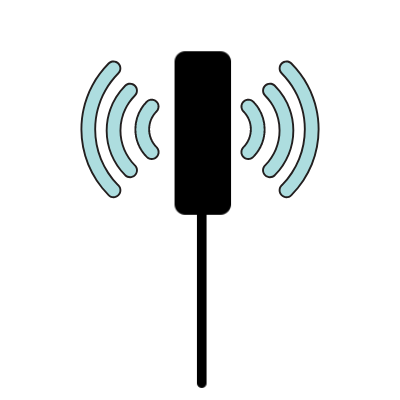 This means they don't broadcast in a sphere - but rather a circular donut or disc pattern 360 degrees out from the antenna, beaming signal to the sides and not up towards the sky or down at the ground.
This means they don't broadcast in a sphere - but rather a circular donut or disc pattern 360 degrees out from the antenna, beaming signal to the sides and not up towards the sky or down at the ground.
The higher the gain, the tighter that pattern is coming out of the antenna - and thus the further away a signal can be broadcast or received.
A directional antenna, on the other hand, only broadcasts in one particular direction - and the higher the gain, the more focused the beam is in this direction, much like our flashlight example earlier.
We'll dive deeper into directional antennas and the importance of aiming later in this guide.
Ground Plane Dependent vs Independent
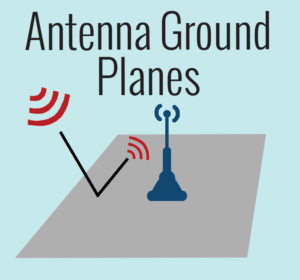
Some mobile cellular antennas are designed so that they require a "ground plane" underneath them - a metal surface that in essence becomes a part of the antenna.
This is a particularly common trait of magnet-mount antennas that assume they will be installed onto a metal vehicle roof. Using a metal surface like a metal vehicle is a great way to significantly improve the performance of a rather small antenna.
Antennas that are designed to be dependent on a ground plane will often function very poorly without one, so if you are installing them onto a fiberglass or rubber surface you definitely need to keep this in mind and be sure to add a ground plane if necessary.
Other antennas are designed to be ground plane independent - making installation in a wider variety of locations potentially easier. Although many of these antenna designs are less depend on a ground plane, adding a metal surface surrounding them can improve the signal.
For more on ground plans, see our guide:
Number of Distinct Antennas (aka MIMO)
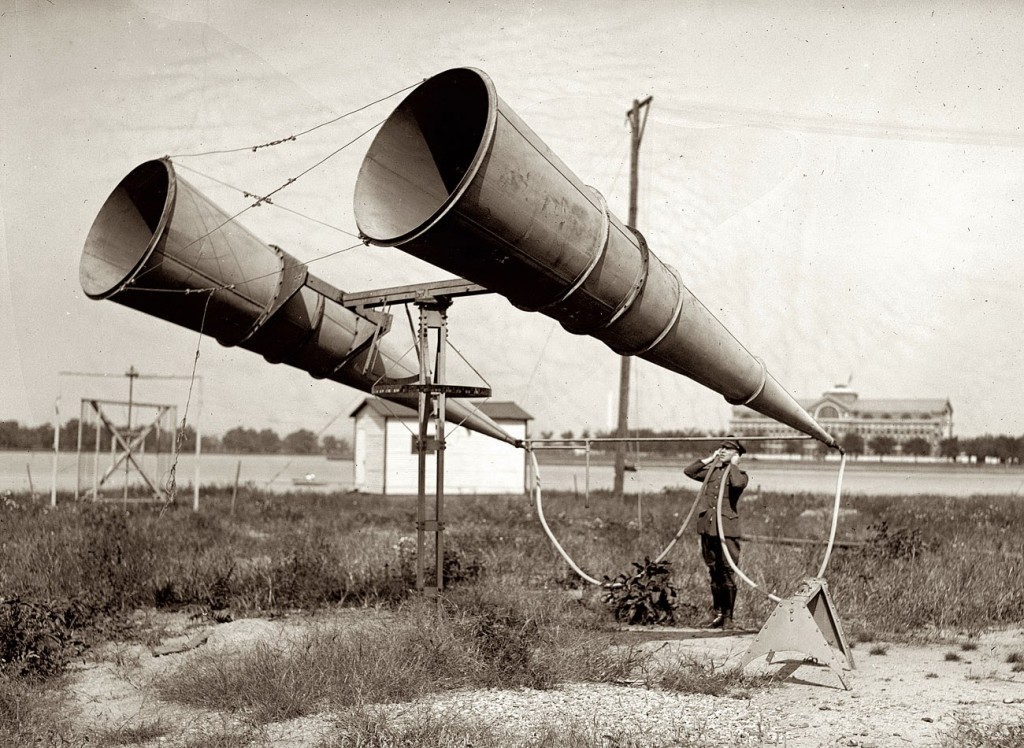
MIMO is a core cellular technology that combines the signals from multiple antennas together for better performance. It's also referred to as antenna diversity or the ability to make multi-connections.
Every LTE modem has at least two antennas built in (2x2 MIMO), and more modern ones have four (4x4 MIMO). All 5G modems have four antennas (4x4 MIMO) with expected future cellular modems to support as 8 antennas (8x8 MIMO0 or more.
To best take advantage of MIMO in mobile cellular devices with antenna ports, it's important to match your antenna choices to the hardware you are connecting them to.
There are a wide range of external antennas on the market, from purpose-built with multiple antennas and connectors, to single antennas that can be used independently, or together in a Mock-MIMO configuration. We go much further into that below.
For a better understanding of MIMO antennas and how they differ from cellular boosters (which only use one antenna), watch our video on MIMO vs Boosters:
Member Exclusive Content Below
Member Exclusive Content In This Guide
Has this guide been helpful so far?
Well.. there's a lot more below available to our members. As well as dozens of other guides like this, videos, classrooms, forums, webinars and more. All specifically created for helping keep RVers, cruisers and nomads online.
Consider Becoming a Member
If mobile internet is an important part of your lifestyle, a membership can help keep you connected with these exclusive benefits:
- in-depth exclusive content
- interactive guidance
- vendor discounts
- alerts & insider tips
- classroom
- community
Free Content Like This Made Possible By Our Members!
We are community funded via our premium membership program - allowing us to focus on creating unbiased quality, in-depth, constantly updated content. We don't accept 3rd party advertising, we're not sponsored and we don't sell 'stuff'.
Already a member?
Log in to continue with this guide.
Check out the Topics Covered in the Member Section:
Antennas & Cellular Frequency Bands
A look at how to pick mobile cellular antennas that best matches your cellular carriers, T-Mobile's Band 71 and 5G support.
MIMO Mobile Cellular Antennas
MIMO is a core cellular technology, and a MIMO antenna can often outperform any other antenna option. This section discusses optimizing for MIMO in a mobile environment.
Comparing Antenna Specifications
Comparing antennas from two different manufacturers isn't often very straightforward. Here we point out what to look out for, and why sometimes too much gain is a bad thing.
Antenna Only or Antenna and a Booster?
Should you use a booster or direct-wired antennas? Can you legally replace the antenna that comes with your booster?
Directional vs Omnidirectional: Focused Gain
A geekier deeper dive into directional antenna - including a section on aiming directional antennas, and on finding nearby cell towers to target.
Inside the Antenna
An overview of the different types of antennas out there - from monopole, panel and domes. Including an indepth video looking inside different antenna designs.
Physical Form Factor Considerations
From size and shape to cables and connectors - this section goes over other considerations when selecting an antenna, including installation & placement considerations.
Concluding Thoughts: What To Buy
We wrap everything up with some specific advice on picking out your ideal antenna options.
Summary: A Good Foundation for Your Arsenal
Antennas are used in virtually every internet set up. They are built into every hotspot and phone, but they can also be purchased as a separate piece of equipment.
In many situations, a basic MIMO antenna is a great starting point for increasing signal strength, but not all antennas are created equal.
Gaining a good understanding of the different types of antennas and what they can and can't do is important in deciding which one to add to your arsenal.
Cellular Antennas Product Guide:
Below are some of the popular cellular antennas appropriate for RVers and boaters. If you'd like to view all of the antennas we track and drill down by filter criteria, please visit our Cellular Antennas Gear Center.
We are constantly testing gear here at the Mobile Internet Resource Center, and many of the antennas we report on are in constant active testing while we travel about the country.
Our team shares our in-progress testing notes in the forums, where our premium members can follow along:
Testing in Progress - First Impressions Forum
Cellular antennas can be a vital part of your signal enhancing strategy to get a better signal, and thus better cellular data performance. They come in many shapes, sizes and varieties.
They can be used directly connected to your mobile hotspots or cellular embedded routers, or they might connect to your cellular booster. They come in omni-directional vs directional, single vs MIMO, and might support different frequency bands. They come in combination antennas with Wi-Fi and GPS.
But most importantly, is your installation options on your RV or boat.
So before choosing an antenna, be sure to understand all of these variables - and keep in mind that there likely isn't a single 'one size fits all' solution here. You may need to make compromises, or even have speciality antennas for challenging signal areas.
We recommend starting with our Guide to Selecting Antennas, and then moving on to our other guides addressing related topics:
Explore the Resource Center
Have Questions?
Join our 'Library Desk':
Internet for RVers & Cruisers Facebook Group
We cross post news articles and guides, and can help point you in the right direction to our content here on the resource center.
It is with gratitude to our premium members that we're able to offer our free content - and for that, they also have access to our member Q&A areas for more in-depth guidance.
Become a Member
 The MIA is our premium membership - designed for those who consider mobile internet an important part of their lifestyle.
The MIA is our premium membership - designed for those who consider mobile internet an important part of their lifestyle.
In thanks for making content like this possible, we offer a bunch of additional perks. From interactive guidance, in-depth member exclusive content, discounts, alerts, classroom and ability to book private advising sessions.
Stay In the Know
We're constantly tracking the industry and analyzing new developments for mobile travelers. If you'd like to receive updates, we offer several ways:
- Subscribe to our free monthly newsletter
- Subscribe to our News Stories RSS Feed
- Subscribe to our YouTube Channel
- Follow our Facebook Page
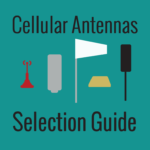

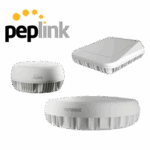
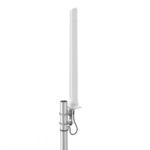
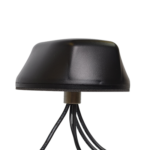

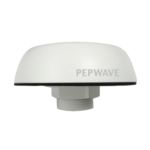
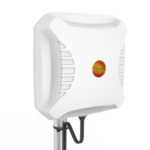
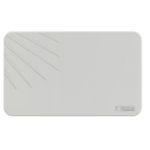
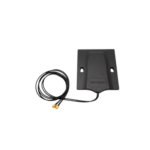
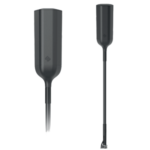
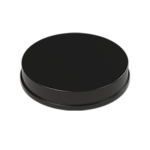
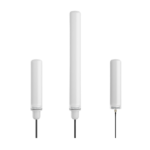
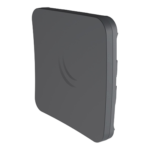
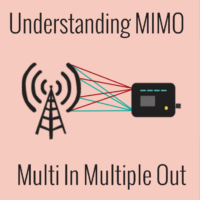
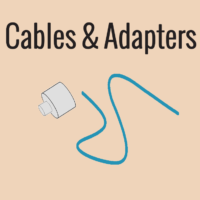
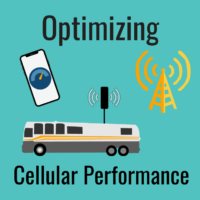
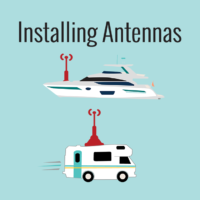
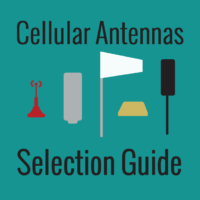
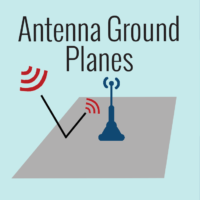
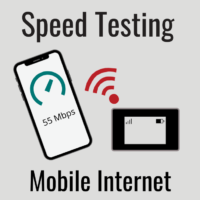

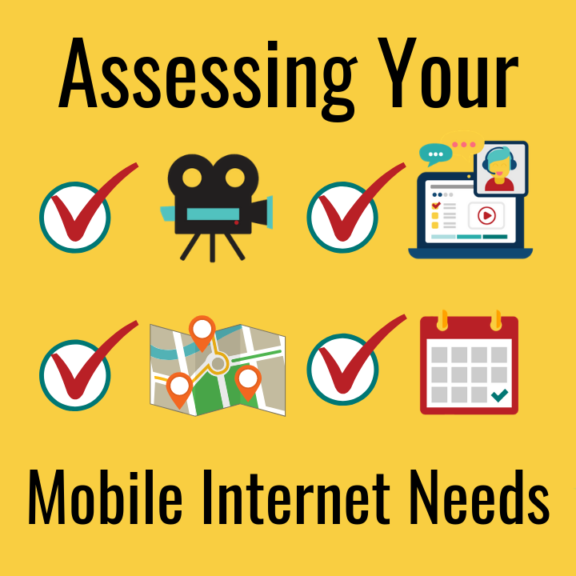


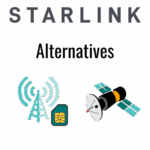




 Mobile Internet Resource Center (dba Two Steps Beyond LLC) is founded by Chris & Cherie of
Mobile Internet Resource Center (dba Two Steps Beyond LLC) is founded by Chris & Cherie of